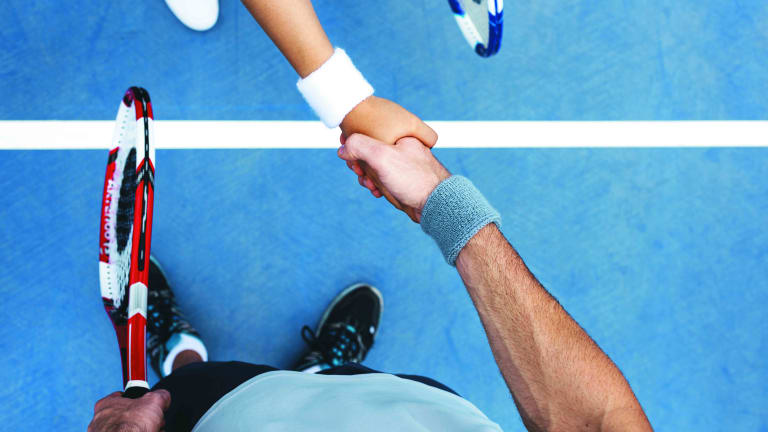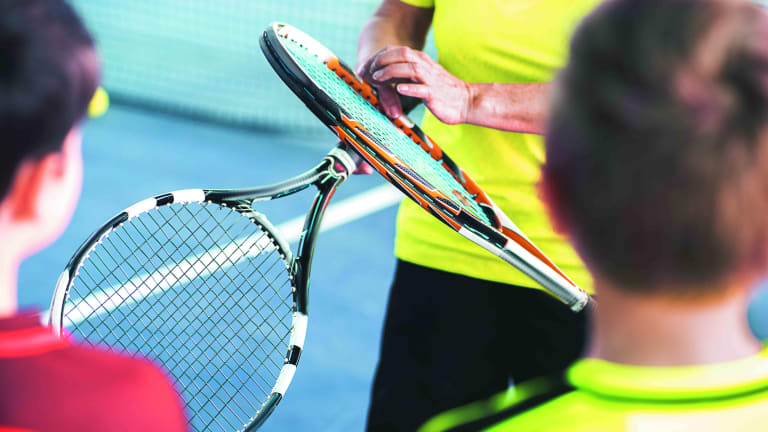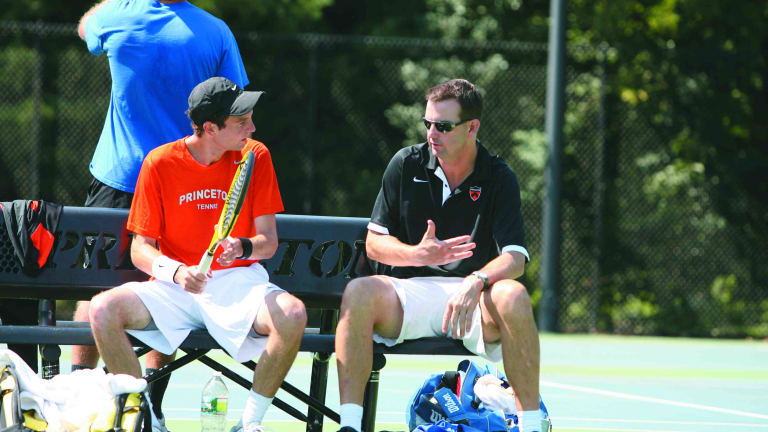What will happen to tennis when Roger Federer and Rafael Nadal retire? Fans have been pondering that ominous question for nearly a decade. The sport will obviously lose two of its greatest champions; perhaps more significantly, it will also lose two of its finest sportsmen. Federer has won the ATP’s Sportsmanship Award 13 times; Nadal has, to our knowledge, never thrown a racquet. Together they’ve scrubbed the men’s game of its bad-boy reputation and returned it to its gentlemanly roots.
Will the next generation continue that tradition? The signs from the first half of 2022, frankly, weren’t good. At the Australian Open, Daniil Medvedev screamed “Are you stupid?” at one chair umpire, while Denis Shapovalov shouted “You guys are all corrupt!” at another. In the following months, Alexander Zverev slammed his racquet against an umpire’s chair, and Nick Kyrgios and Jenson Brooksby sent theirs careening toward nearby ball kids. Stefanos Tsitsipas and his father, Apostolos, continued to flout on-court coaching rules.
This doesn’t need to become the norm again. Good sportsmanship—showing respect, calling lines fairly, restraining your anger, accepting defeat—has always been as integral to tennis as a good serve. From its earliest days, the sport was a vehicle for teaching young people how to compete honorably. Even now, players who enter Wimbledon’s Centre Court pass under Rudyard Kipling’s entreaty to “meet with triumph and disaster, and treat those two imposters just the same.” You won’t see those words at Yankee Stadium or Lambeau Field.
Tennis gets us off our phones and brings us together; it gives us rules to follow; it teaches us to do battle in a civilized manner. How can we keep those values alive, even if we see less them of them in the pro game? We talked to coaches at the beginner, junior, and college levels about how they create a culture of respect in their programs. They all agree: Learning to play tennis fairly, and with a healthy perspective on winning and losing, is as satisfying as learning to play it well.


